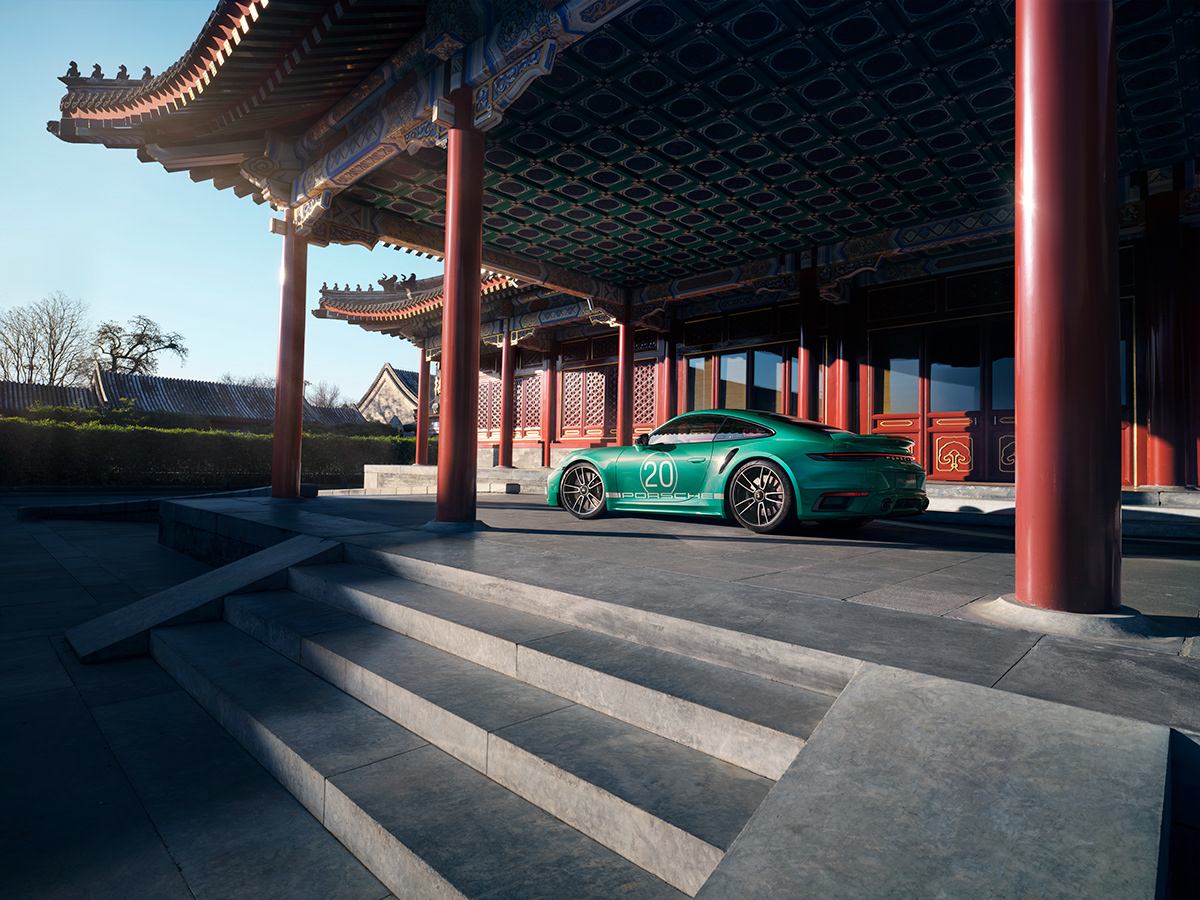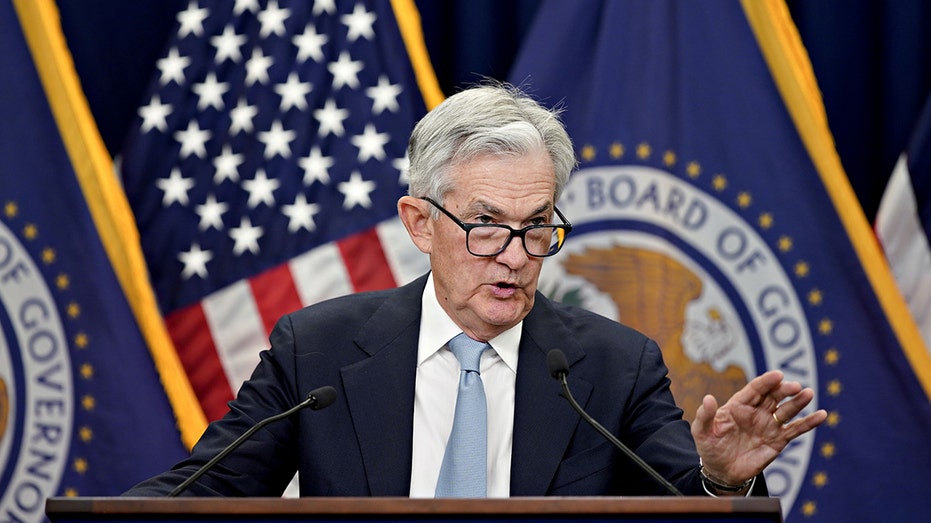BMW, Porsche, And The Shifting Sands Of The Chinese Auto Market

Table of Contents
The Rise of Domestic Chinese Automakers
The rapid growth of domestic Chinese automakers is significantly impacting the market share of established luxury brands like BMW and Porsche. This isn't just about increased competition; it's a fundamental shift in the market dynamics.
Increased Competition and Market Share
Chinese brands like Nio, Xpeng, and BYD are rapidly gaining market share, posing a serious challenge to traditional luxury players. Their success is fueled by several factors:
- Examples of successful Chinese EV models: The Nio ET7, Xpeng P7, and BYD Han are just a few examples of technologically advanced and competitively priced electric vehicles capturing significant market share.
- Price competitiveness: Chinese automakers often offer comparable features and technology at lower price points, appealing to a broader range of consumers.
- Technological innovations: Chinese brands are investing heavily in advanced driver-assistance systems (ADAS) and cutting-edge battery technology, often surpassing established brands in certain areas.
- Government support: Significant government support and subsidies for domestic automakers provide a competitive advantage in the market.
Shifting Consumer Preferences
Chinese consumer preferences are evolving rapidly, driven by several factors:
- Increased demand for EVs: The Chinese government's push for electric vehicles, coupled with rising environmental awareness among consumers, is creating a surge in demand for EVs.
- Focus on digital connectivity and in-car entertainment: Chinese consumers expect advanced digital connectivity features, seamless smartphone integration, and sophisticated in-car entertainment systems.
- Importance of brand storytelling and social media marketing: In China, effective brand storytelling and a strong social media presence are crucial for reaching and engaging consumers. This is significantly different from the strategies successful in Western markets.
Luxury Market Segmentation and Differentiation
Maintaining brand exclusivity and adapting to changing consumer demands are critical for BMW and Porsche's continued success in China.
Maintaining Brand Exclusivity
Despite increasing competition, BMW and Porsche must preserve their luxury image. Strategies include:
- Focus on high-end models and customization options: Offering exclusive, high-performance models and personalized customization options helps maintain exclusivity and commands premium prices.
- Investment in research and development of innovative technologies: Continuously innovating and investing in cutting-edge technology is crucial for staying ahead of the competition and justifying higher prices.
- Emphasis on superior customer service and brand experience: Providing an exceptional customer experience, from purchase to after-sales service, is vital in maintaining brand loyalty and prestige.
Adapting to Changing Consumer Demands
BMW and Porsche are adapting to changing consumer preferences by:
- Introduction of new EV models: Expanding their range of electric vehicles to meet the growing demand in the Chinese EV market is non-negotiable.
- Localization of marketing campaigns: Tailoring marketing campaigns to resonate with Chinese cultural values and preferences is essential for effective communication.
- Collaboration with local businesses and influencers: Partnering with local businesses and influencers enhances brand visibility and credibility within the Chinese market.
- Investment in charging infrastructure: Investing in, or partnering with companies providing, charging infrastructure helps address range anxiety and encourages EV adoption.
Navigating Regulatory Changes and Government Policies
Navigating China's regulatory landscape is crucial for success.
Emission Standards and Environmental Regulations
China's increasingly stringent emission standards and the government's strong push for electric vehicles are reshaping the automotive industry.
- Investment in electric vehicle production: Significant investment in electric vehicle production and related technologies is necessary to comply with regulations and capitalize on market opportunities.
- Compliance with stringent emission standards: Meeting and exceeding increasingly stringent emission standards is crucial for avoiding penalties and maintaining market access.
- Government incentives for EV adoption: Leveraging government incentives for EV adoption can significantly reduce costs and boost sales.
Trade Policies and Tariffs
Trade policies and tariffs can significantly impact the import and distribution of luxury vehicles in China.
- Potential impact of trade disputes: Potential trade disputes and changes in tariffs could significantly affect pricing and profitability.
- Strategies for mitigating risks associated with trade policies: Developing strategies to mitigate the risks associated with fluctuating trade policies is crucial for long-term stability.
- Localization of production to reduce import costs: Localizing production in China can significantly reduce import costs and improve competitiveness.
Conclusion
The Chinese auto market presents both significant challenges and exciting opportunities for luxury brands like BMW and Porsche. The rise of domestic Chinese automakers, coupled with evolving consumer preferences and a dynamic regulatory environment, demands strategic adaptation. Successfully navigating this shifting landscape requires a keen understanding of consumer behavior, a commitment to technological innovation, and a robust approach to managing regulatory compliance. Maintaining brand exclusivity while adapting to local demands is paramount.
Call to Action: Understanding the complexities of the Chinese auto market is crucial for any luxury brand seeking success. To stay informed about the latest developments and strategies employed by BMW, Porsche, and other key players in this ever-shifting landscape, continue to follow our analysis of BMW, Porsche, and the shifting sands of the Chinese auto market.

Featured Posts
-
 The Impact Of Chinas Rare Earth Restrictions On Teslas Optimus Robot
Apr 24, 2025
The Impact Of Chinas Rare Earth Restrictions On Teslas Optimus Robot
Apr 24, 2025 -
 Trump Denies Plans To Fire Fed Chair Powell A Stable Economy
Apr 24, 2025
Trump Denies Plans To Fire Fed Chair Powell A Stable Economy
Apr 24, 2025 -
 Deportation Flights A New Revenue Stream For A Budget Airline
Apr 24, 2025
Deportation Flights A New Revenue Stream For A Budget Airline
Apr 24, 2025 -
 Ai And The Podcast Revolution Analyzing Repetitive Scatological Documents
Apr 24, 2025
Ai And The Podcast Revolution Analyzing Repetitive Scatological Documents
Apr 24, 2025 -
 Teslas Q1 Earnings Political Controversy Impacts Financial Results
Apr 24, 2025
Teslas Q1 Earnings Political Controversy Impacts Financial Results
Apr 24, 2025
